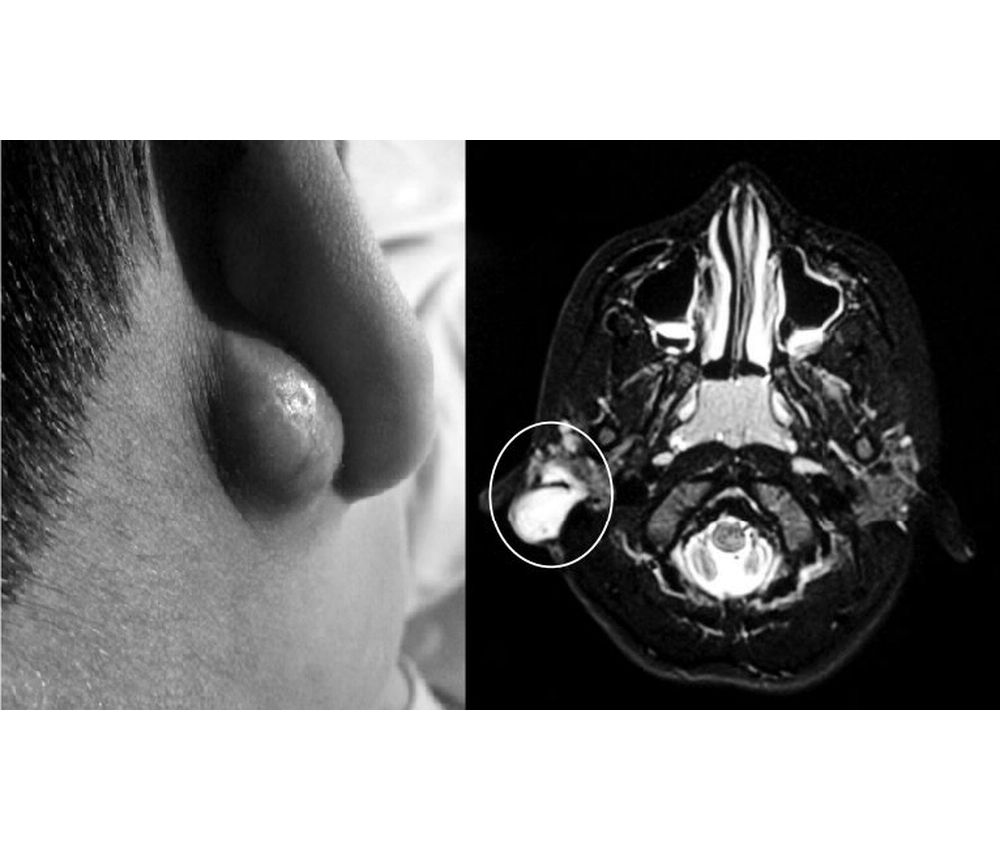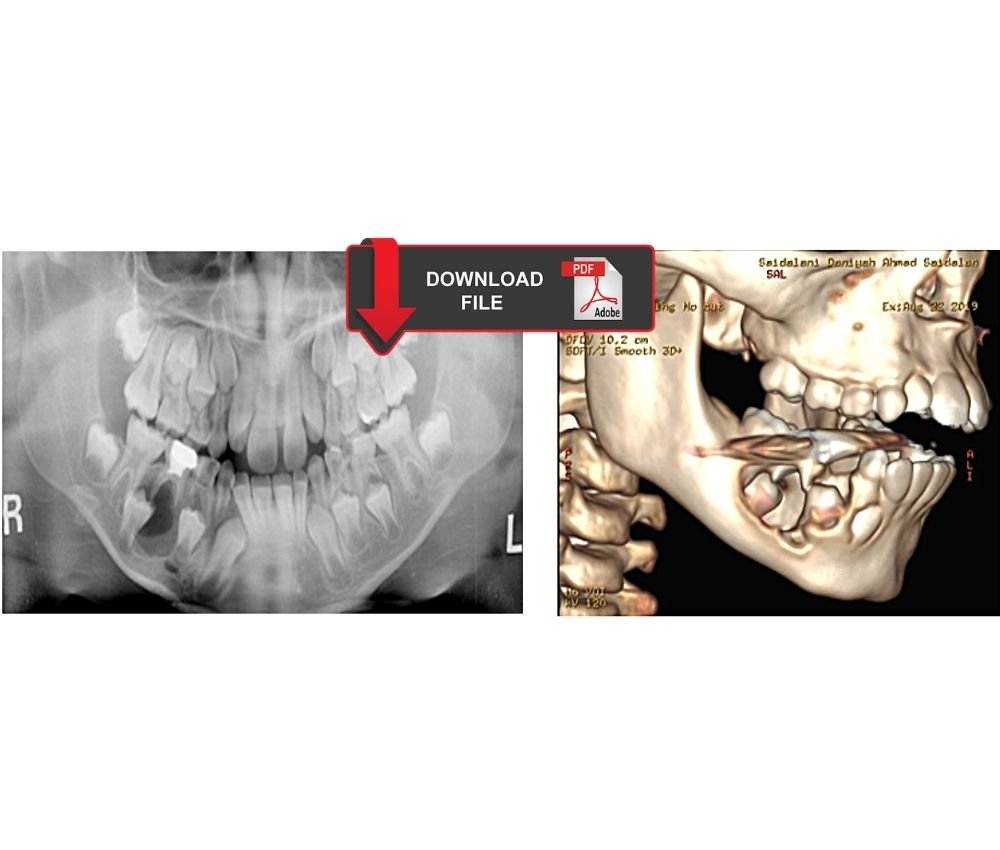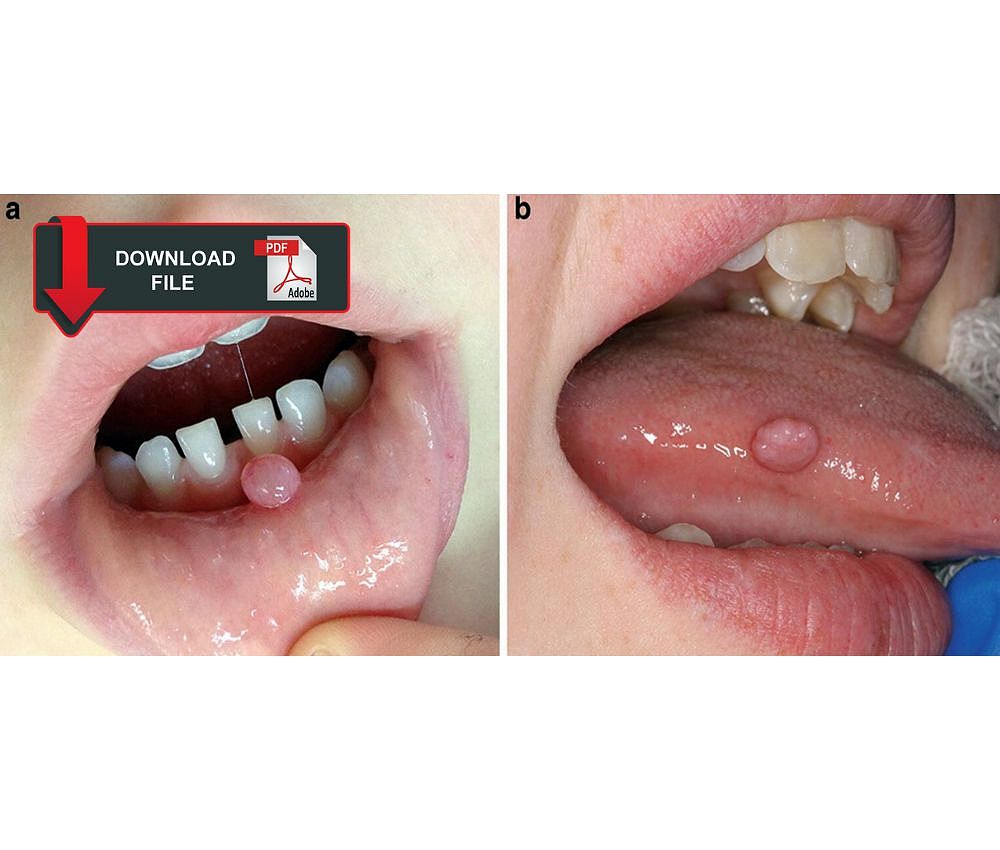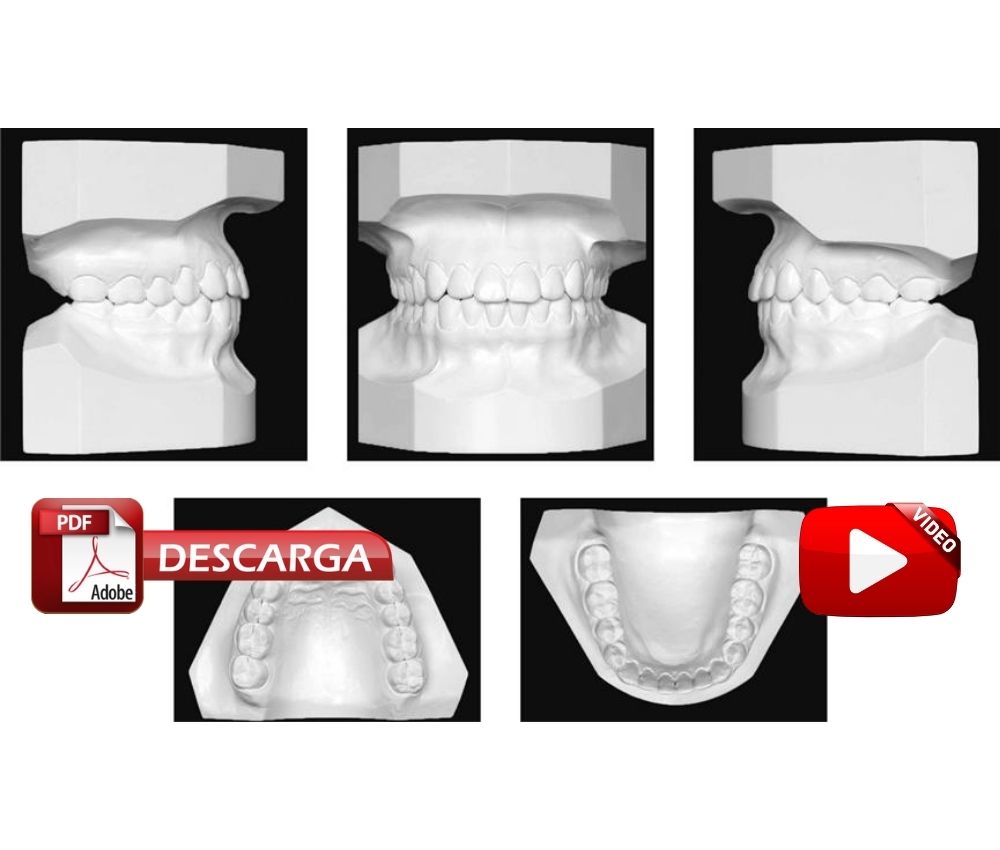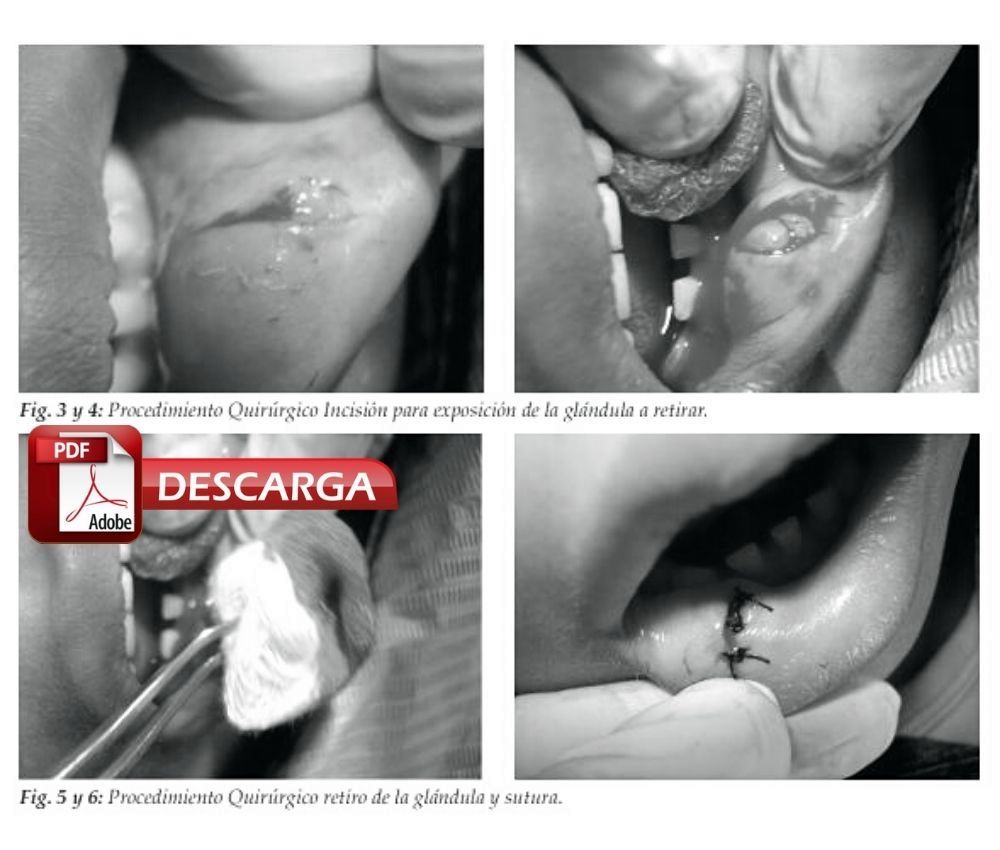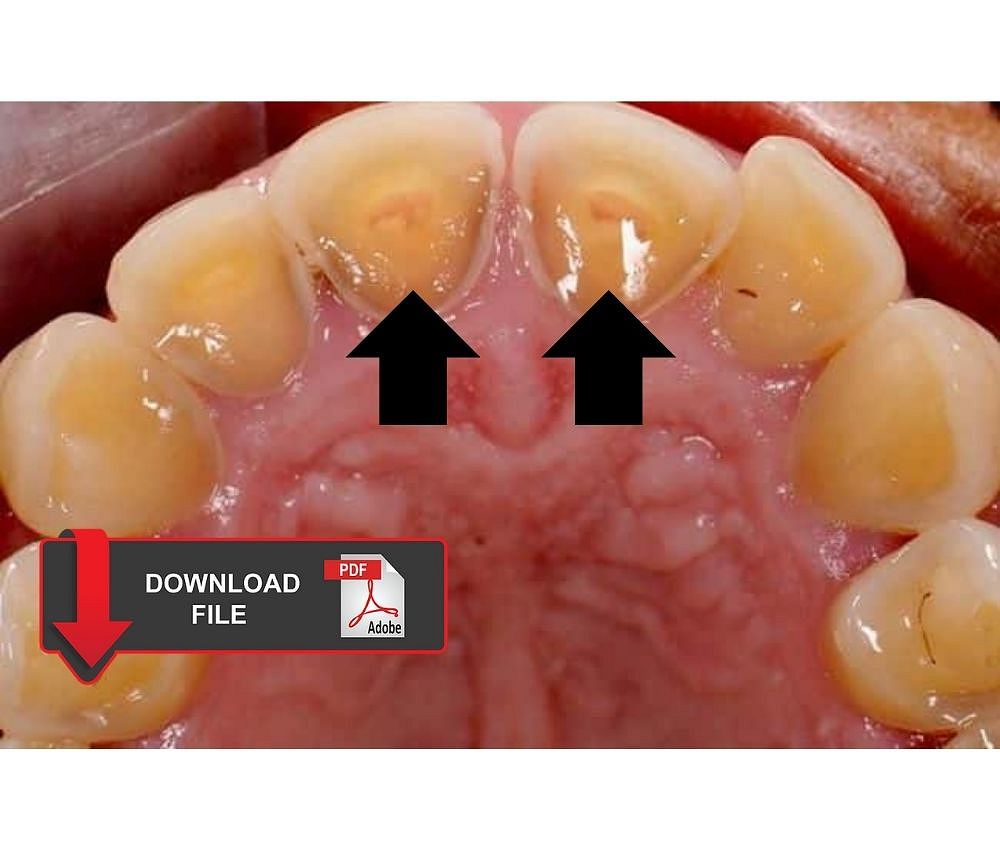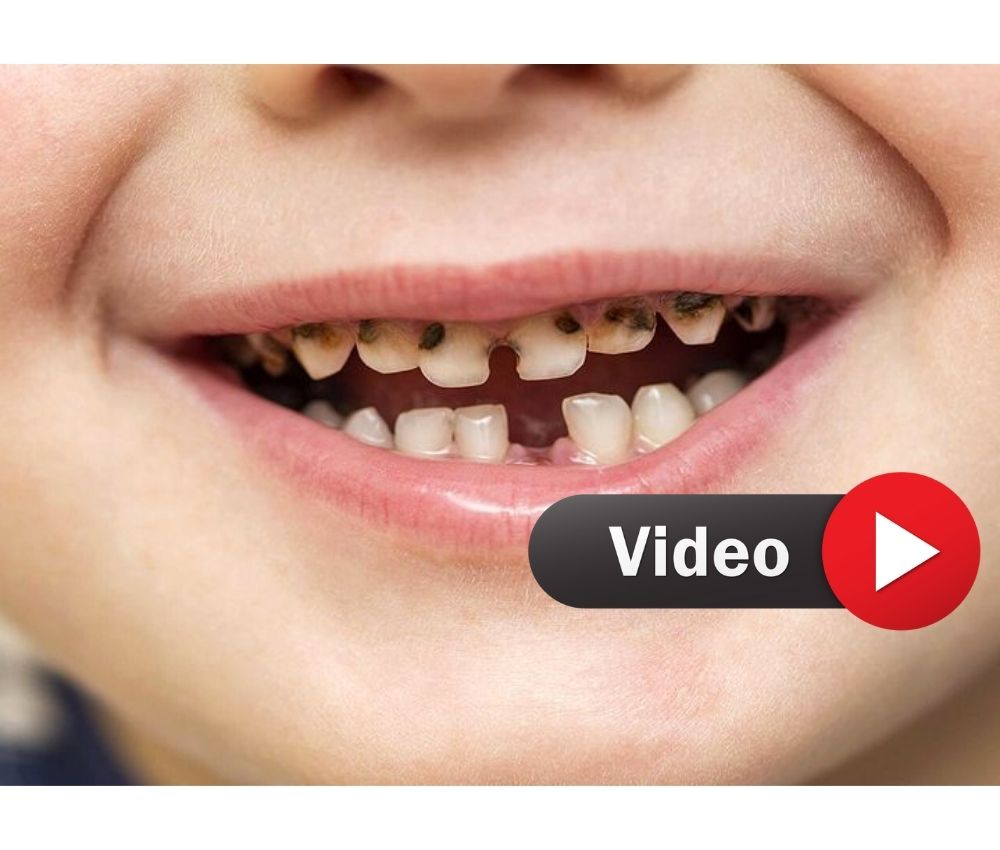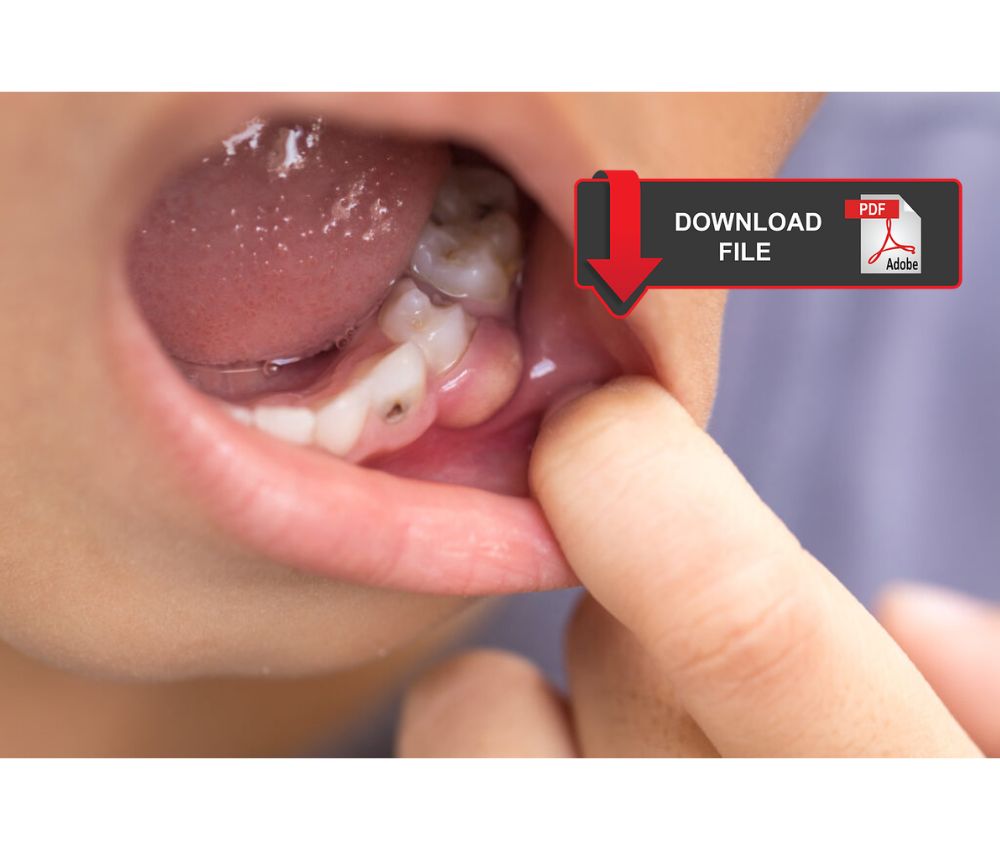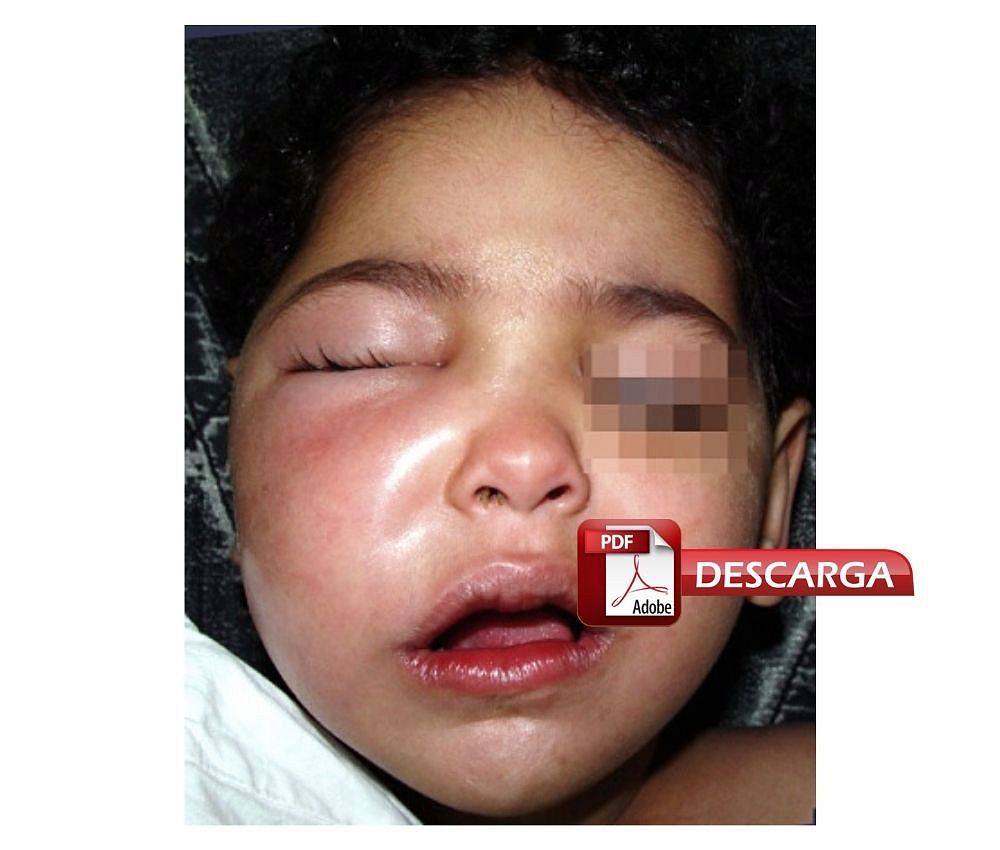Los arcos branquiales (o faríngeos) poseen surcos y bolsas faríngeas que dan como resultado de su desarrollo a todas las estructuras oseas, musculares, nerviosas y cartilaginosas de la cabeza y cuello.
Las diferentes anomalías y malformaciones de los arcos branquiales presentan en su gran mayoría un facto genético, seguido por los factores ambientales y multifactoriales.
Enlaces Patrocinados
Compartimos dos artículos que nos muestran la clínica y tratamiento de las diferentes anomalías y malformaciones (quistes, senos, fístulas) que se pueden presentar durante el desarrollo de los arcos branquiales.
ARTÍCULO RECOMENDADO
Anomalías del Primer Arco Branquial - Caso clínico
Anomalías del Primer Arco Branquial - Caso clínico
Carlos Giugliano. Cirugía Pediátrica. Parte III. Cirugía Perinatal y especialidades. Capitulo 40 Patología de cabeza y cuello
Dra. Marta Izquierdo Cuenca / Dr. Pedro Rafael Cabrera Morin / Dr. Ignacio Cobeta Marco. Patologia disontogénica cervicofacial. Quistes y fistulas congenitos. Hopital Ramón y Cajal, Madrid. Libro virtual de formación en ORL
También te puede interesar :
► Alteración bucal del recién nacido: ¿Qué son las Perlas de Epstein?
► Embriología de la cavidad bucal (Formación boca, lengua y faringe)
► Odontogénesis: ¿Cómo se forma un diente?


